APPLE II: REV 0 MOTHERBOARD & ACCESSORIES, PURCHASED IN 1977Original Apple II Motherboard, Cupertino, CA: 1977, 365 x 216 mm, serial no 1-225, with additional material:
1. Apple Disk ][, Cupertino, CA: 1978, 219 x 159 x 86, serial no 77787, with write protect modification.
2. Apple Disk ][ Interface Card, Cupertino, CA: 1978, 114 x 71 mm.
3. Apple Parallel Printer Interface, Cupertino, CA: 1979, 114 x 70 mm.
4. Apple Language Card, Cupertino, CA: 1979, 178 x 70 mm.
5-6. 2 further I/O cards.
7. Group of original RAM chips retained after upgrade.
8. Apple Power Supply, Cupertino, CA: 1980s. A2M0030.
WITH: Collection of software on 39 5 1/4-inch diskettes including Apple Pascal, Apple Disk ][ System Master, Applesoft II Basic/Integer Basic, Apple Galaxian by Broderbund Software, etc.
AND WITH: Apple II Reference Manual, January 1978.
Provenance: Purchased in summer 1977 and retained since that date by consignor.
HERALD OF THE PERSONAL COMPUTER REVOLUTION.
The Apple II (trademarked as "Apple ][") released two months before the TRS-80, was one of the first successful attempts to make a personal computer for the consumer market. Steve Wozniak designed the system around the MOS Technology 6502 microprocessor and it was able to display high-resolution color graphics, had sound, game paddles, was expandable, had an innovative switching power supply, was fitted with a high-quality keyboard and included Wozniak's Integer BASIC on the ROM. The Apple I was the first personal computer that could use a monitor and a keyboard, but "the Apple II was the first low-cost computer which, out of the box, you didn't have to be a geek to use" (Wozniak p 188). Steve Jobs' influence is seen in the handsomely designed case, the layout of the board, even the power supply. "Job's father had once taught him that a drive for perfection meant caring about the craftsmanship even of the parts unseen. Jobs applied that to the layout of the circuit board inside the Apple II. He rejected the initial design because the lines were not straight enough" (Isaacson p 74). More importantly, the Apple II fulfilled Wozniak's goal, which was "a computer built to encourage more hacking; a Tool to Make Tools, a system to create systems" (Levy pp 246-247).
It wasn't long before small companies sprang up creating games and other software for the Apple II and were trailed by a host of companies creating expansion boards to fill its 8 slots. "Within a year a whole Apple II industry sprang up with dozens and dozens of companies of little guys..." (Wozniak p 210).
The Apple II drive and what many consider Steve Wozniak's greatest achievement, his floppy disk controller, considerably improved the usability of the computer. It was this combined with the "killer app" VisiCalc, which was issued only on diskette, that transported personal computing from a hobby to a powerful tool for business.
Steve Wozniak explains: "From 1,000 units a month, suddenly we went to 10,000 a month. Good god, it happened so fast. Through 1978 and 1979 we just got more and more successful.
By 1980 we were the first company to sell a million computers. We were the biggest initial public offering since Ford. And we made the most millionaires in a single day in history up to that point.
I believe the whole reason for this was the combination of the Apple II, VisiCalc, and the floppy disk" (Wozniak p 220).
The present example of the Apple II was purchased during the summer of 1977 when the consignor saw an advertisement in Byte Magazine. He was a college student and couldn't afford the $1298 of an assembled machine, but the advertisement mentioned another option that was only available in the early months of its release: one could purchase the motherboard alone for only $598. The consignor recounts an early visit to California to attend a homebrew gathering where he met Woz: "I got advice on the widely published mods of the Rev0 board to add colors, as well as the 'color killer' modification. Woz suggested hot gluing the extra chips upside down onto the prototyping section of the board in case I wanted to change anything later." That modification was executed and still evident on the board.
The consignor attributes the experience of owning and using the Apple II as leading him to his "calling as a hardware and software entrepreneur."
All of the early issue points not seen on later revisions of the Apple II are present such as the low serial number, the large prototyping area from A-11 to A-14, no transistor near location F-13 and, of course, the 1977 copyright date under the logo on the motherboard.
Isaacson. Steve Jobs. NY: [2011]; Levy, Steven. Hackers. [NY]: Penguin, [1994].; Wozniak, Steve. iWoz. NY: [2006].
"The new version of Steve Wozniak's computer would be called the Apple II, and at the time no one suspected that it would become the most important computer in history" (Levy p 253).
APPLE II: REV 0 MOTHERBOARD & ACCESSORIES, PURCHASED IN 1977Original Apple II Motherboard, Cupertino, CA: 1977, 365 x 216 mm, serial no 1-225, with additional material:
1. Apple Disk ][, Cupertino, CA: 1978, 219 x 159 x 86, serial no 77787, with write protect modification.
2. Apple Disk ][ Interface Card, Cupertino, CA: 1978, 114 x 71 mm.
3. Apple Parallel Printer Interface, Cupertino, CA: 1979, 114 x 70 mm.
4. Apple Language Card, Cupertino, CA: 1979, 178 x 70 mm.
5-6. 2 further I/O cards.
7. Group of original RAM chips retained after upgrade.
8. Apple Power Supply, Cupertino, CA: 1980s. A2M0030.
WITH: Collection of software on 39 5 1/4-inch diskettes including Apple Pascal, Apple Disk ][ System Master, Applesoft II Basic/Integer Basic, Apple Galaxian by Broderbund Software, etc.
AND WITH: Apple II Reference Manual, January 1978.
Provenance: Purchased in summer 1977 and retained since that date by consignor.
HERALD OF THE PERSONAL COMPUTER REVOLUTION.
The Apple II (trademarked as "Apple ][") released two months before the TRS-80, was one of the first successful attempts to make a personal computer for the consumer market. Steve Wozniak designed the system around the MOS Technology 6502 microprocessor and it was able to display high-resolution color graphics, had sound, game paddles, was expandable, had an innovative switching power supply, was fitted with a high-quality keyboard and included Wozniak's Integer BASIC on the ROM. The Apple I was the first personal computer that could use a monitor and a keyboard, but "the Apple II was the first low-cost computer which, out of the box, you didn't have to be a geek to use" (Wozniak p 188). Steve Jobs' influence is seen in the handsomely designed case, the layout of the board, even the power supply. "Job's father had once taught him that a drive for perfection meant caring about the craftsmanship even of the parts unseen. Jobs applied that to the layout of the circuit board inside the Apple II. He rejected the initial design because the lines were not straight enough" (Isaacson p 74). More importantly, the Apple II fulfilled Wozniak's goal, which was "a computer built to encourage more hacking; a Tool to Make Tools, a system to create systems" (Levy pp 246-247).
It wasn't long before small companies sprang up creating games and other software for the Apple II and were trailed by a host of companies creating expansion boards to fill its 8 slots. "Within a year a whole Apple II industry sprang up with dozens and dozens of companies of little guys..." (Wozniak p 210).
The Apple II drive and what many consider Steve Wozniak's greatest achievement, his floppy disk controller, considerably improved the usability of the computer. It was this combined with the "killer app" VisiCalc, which was issued only on diskette, that transported personal computing from a hobby to a powerful tool for business.
Steve Wozniak explains: "From 1,000 units a month, suddenly we went to 10,000 a month. Good god, it happened so fast. Through 1978 and 1979 we just got more and more successful.
By 1980 we were the first company to sell a million computers. We were the biggest initial public offering since Ford. And we made the most millionaires in a single day in history up to that point.
I believe the whole reason for this was the combination of the Apple II, VisiCalc, and the floppy disk" (Wozniak p 220).
The present example of the Apple II was purchased during the summer of 1977 when the consignor saw an advertisement in Byte Magazine. He was a college student and couldn't afford the $1298 of an assembled machine, but the advertisement mentioned another option that was only available in the early months of its release: one could purchase the motherboard alone for only $598. The consignor recounts an early visit to California to attend a homebrew gathering where he met Woz: "I got advice on the widely published mods of the Rev0 board to add colors, as well as the 'color killer' modification. Woz suggested hot gluing the extra chips upside down onto the prototyping section of the board in case I wanted to change anything later." That modification was executed and still evident on the board.
The consignor attributes the experience of owning and using the Apple II as leading him to his "calling as a hardware and software entrepreneur."
All of the early issue points not seen on later revisions of the Apple II are present such as the low serial number, the large prototyping area from A-11 to A-14, no transistor near location F-13 and, of course, the 1977 copyright date under the logo on the motherboard.
Isaacson. Steve Jobs. NY: [2011]; Levy, Steven. Hackers. [NY]: Penguin, [1994].; Wozniak, Steve. iWoz. NY: [2006].
"The new version of Steve Wozniak's computer would be called the Apple II, and at the time no one suspected that it would become the most important computer in history" (Levy p 253).
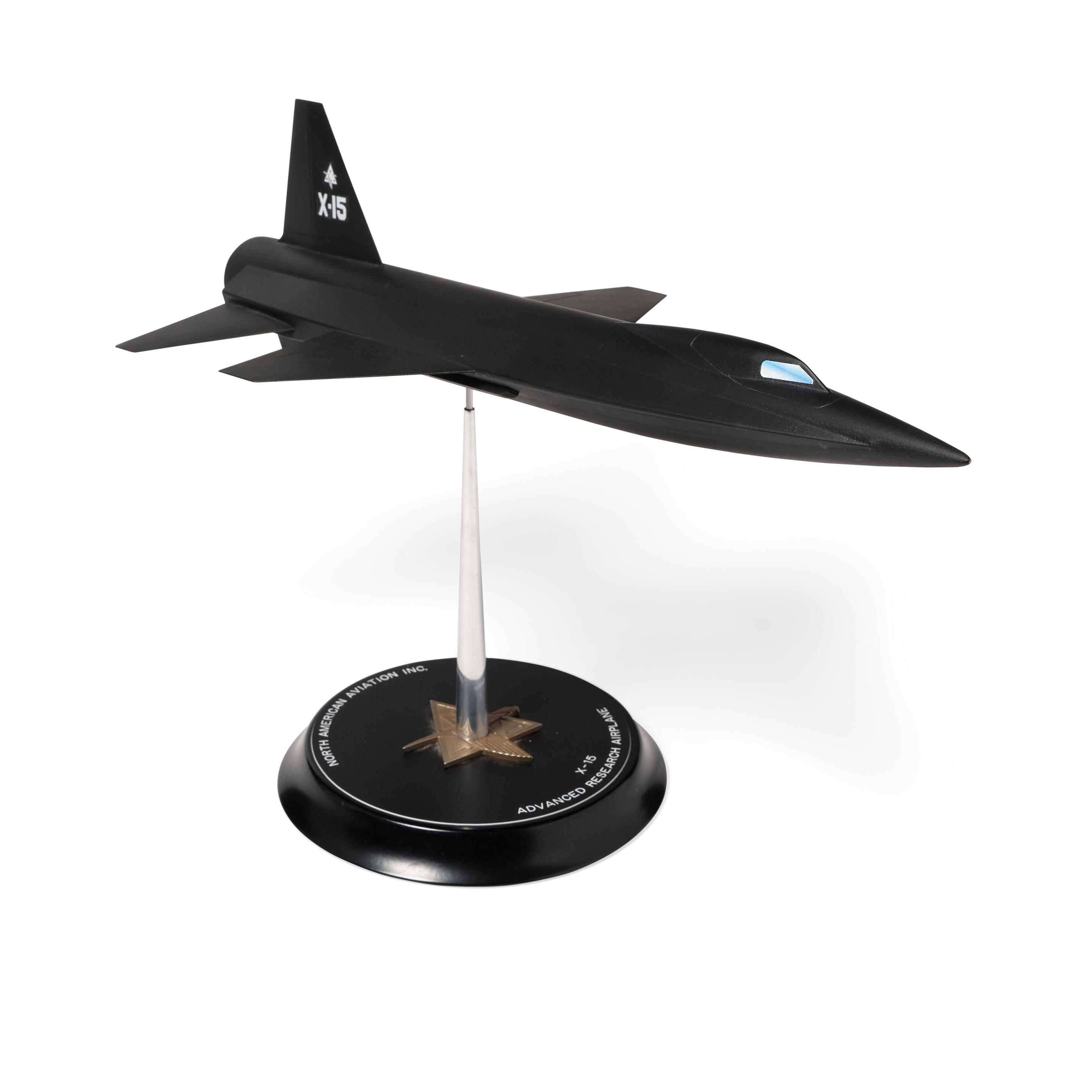
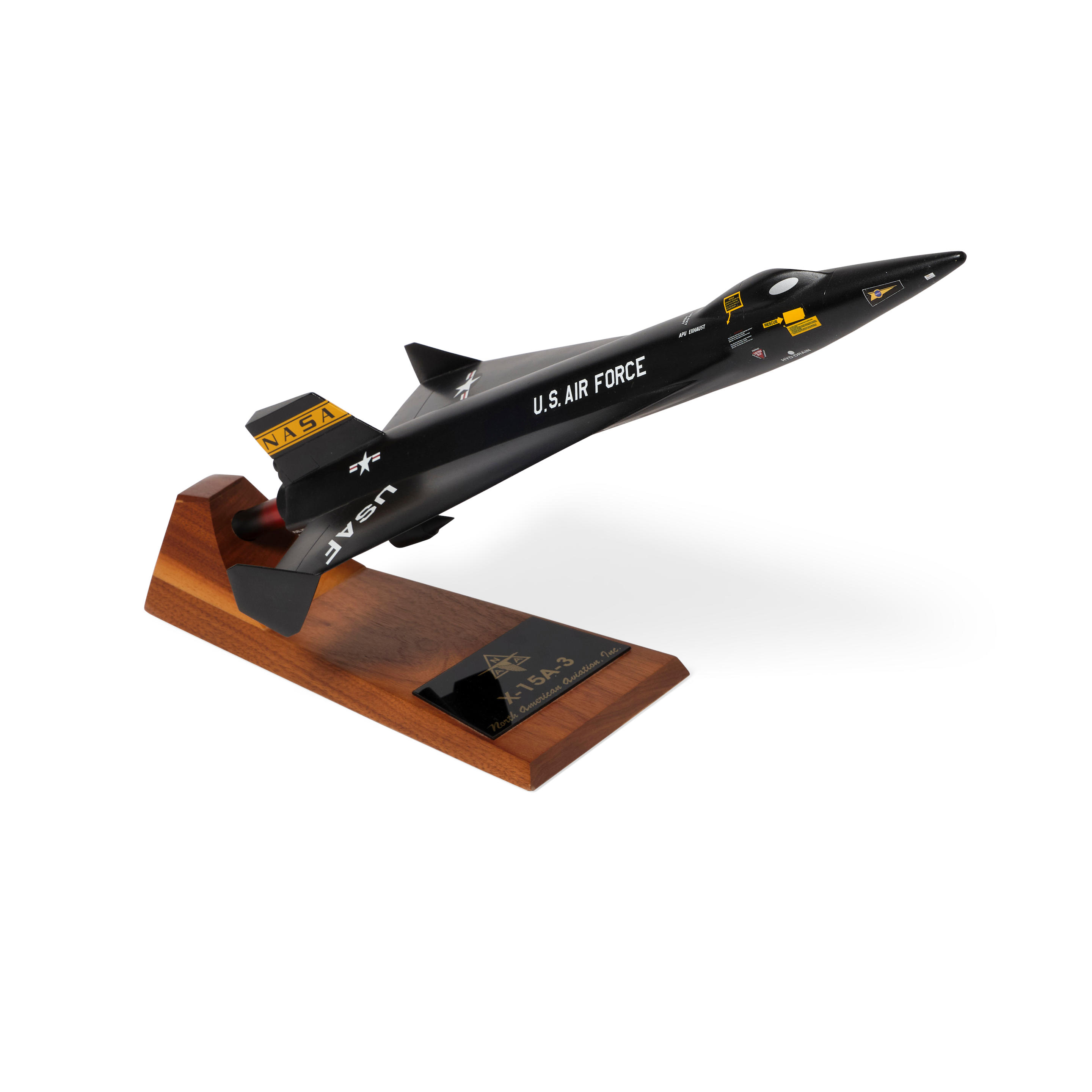

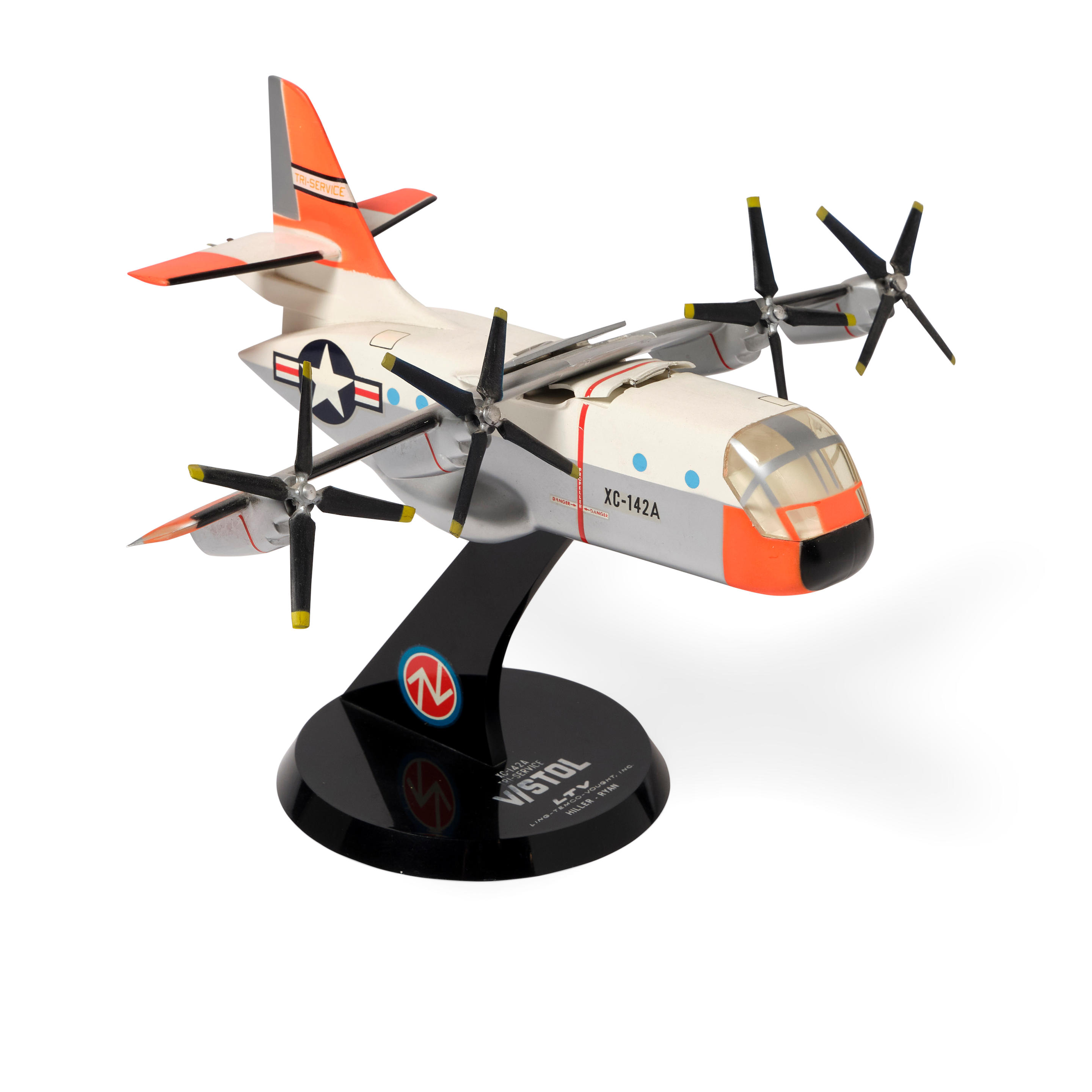

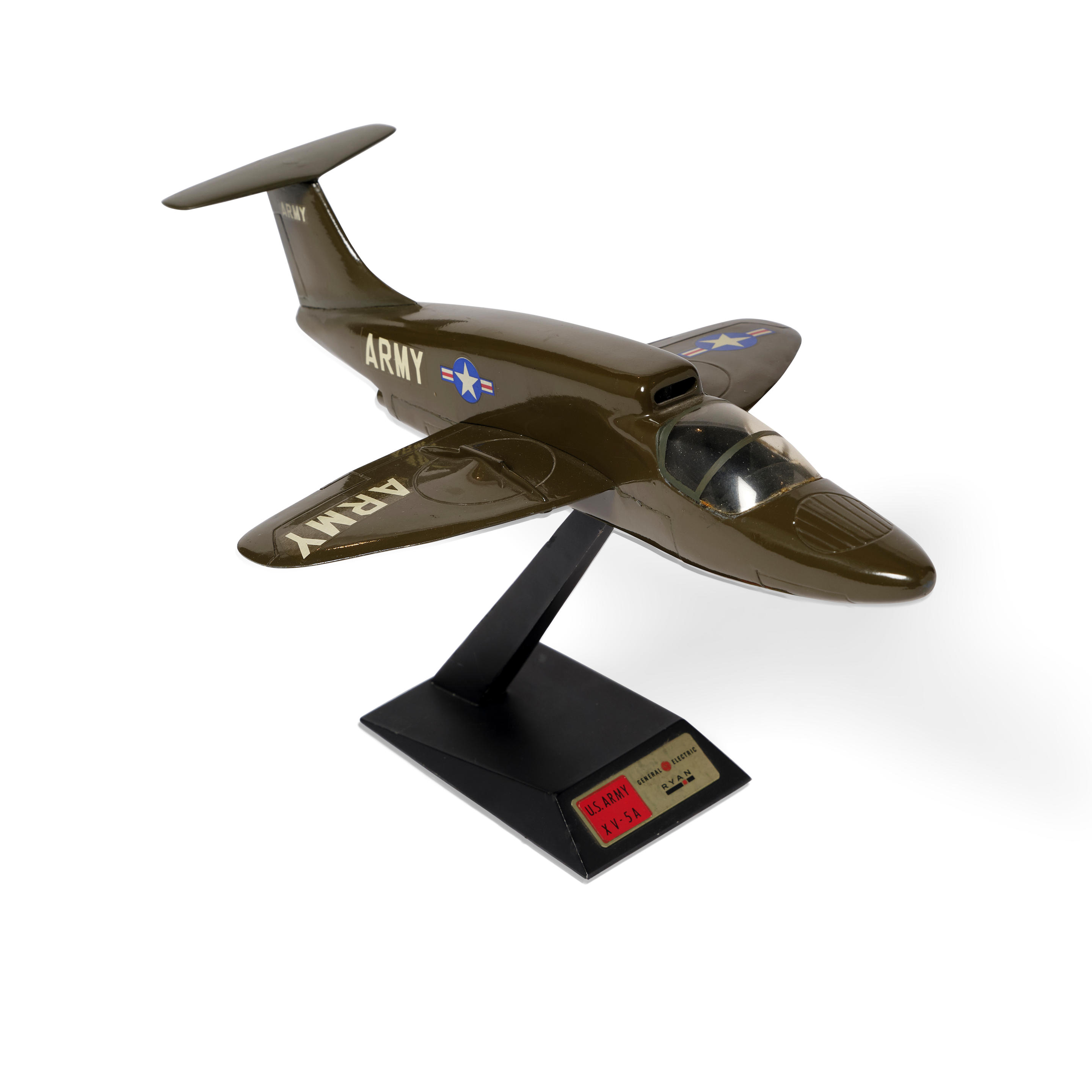
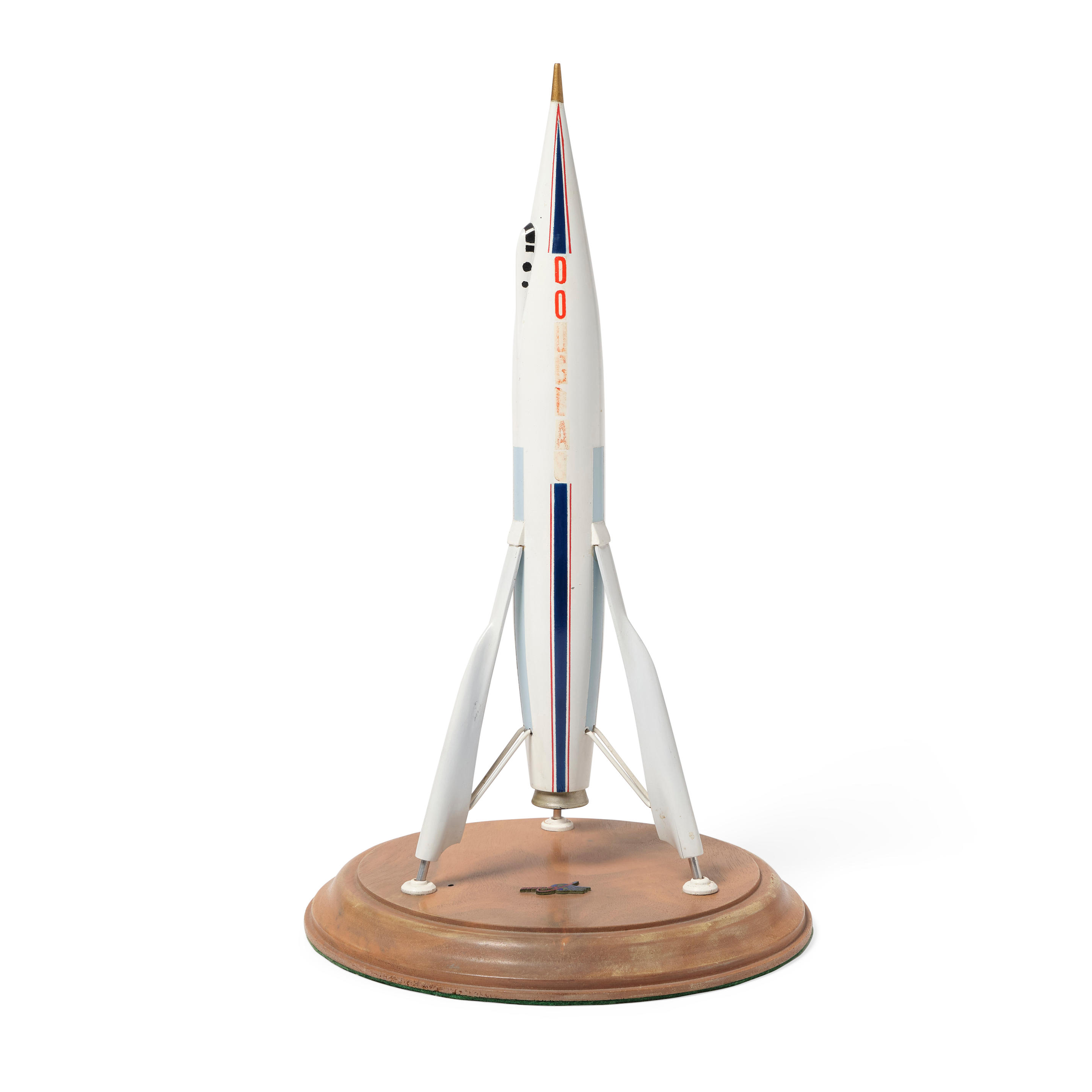

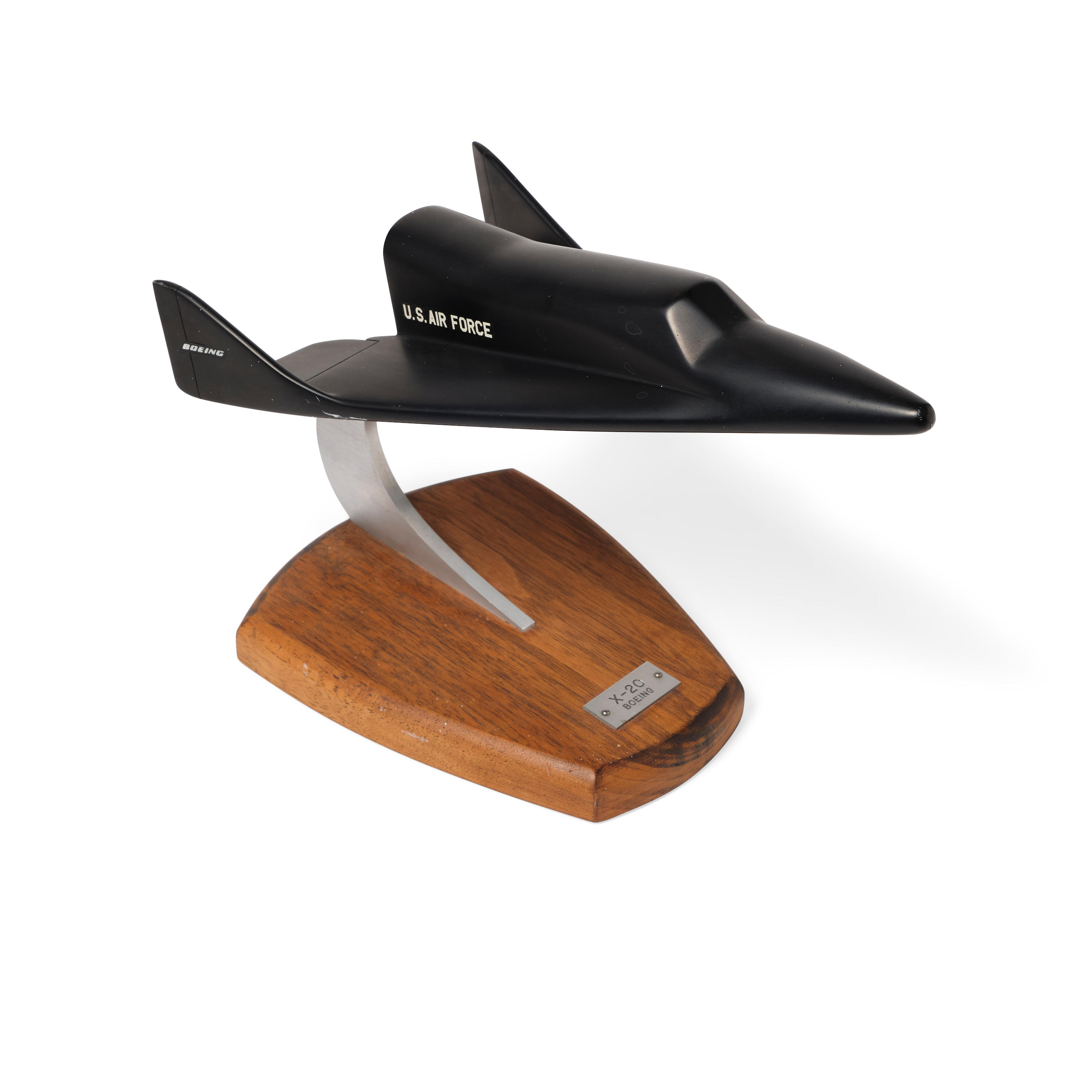
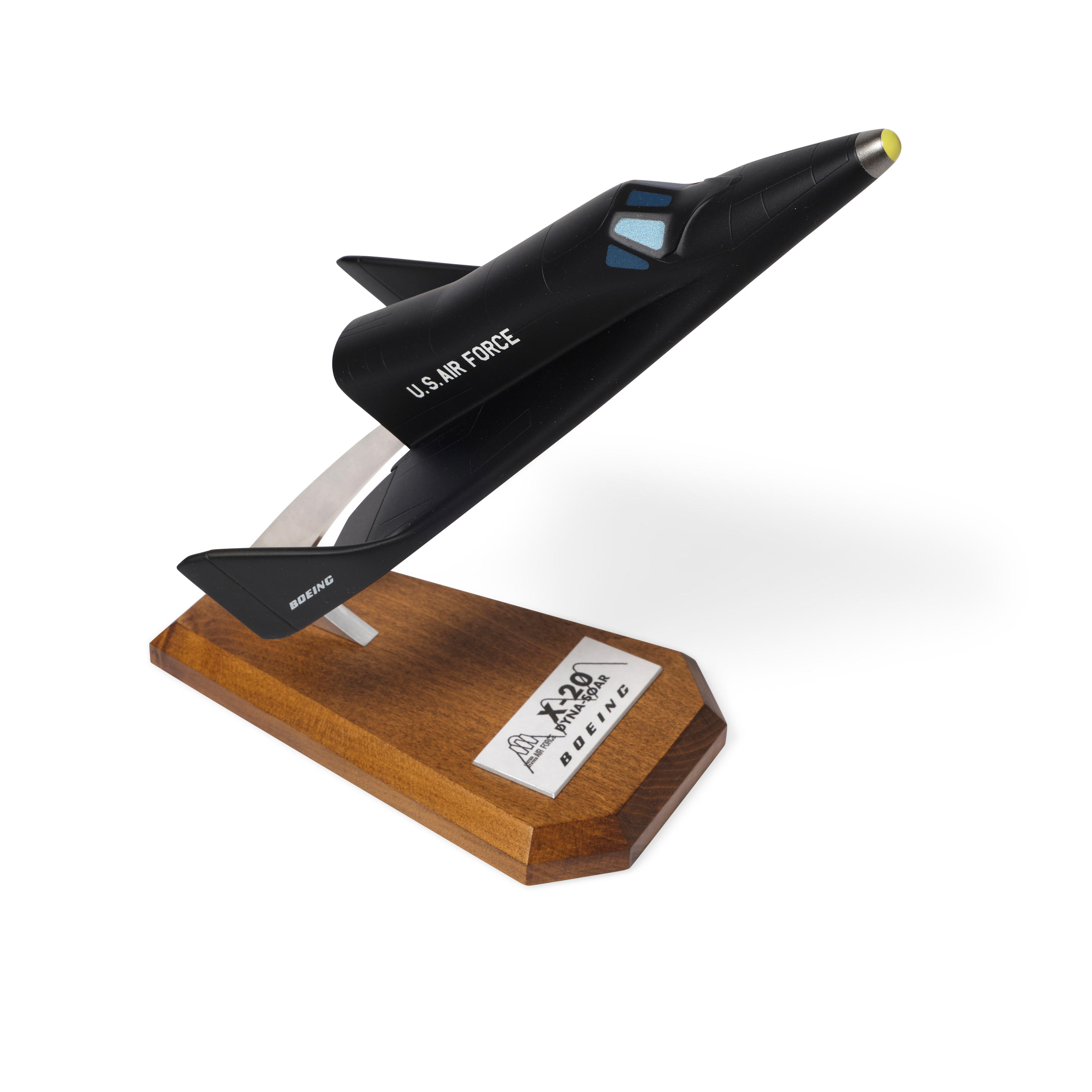
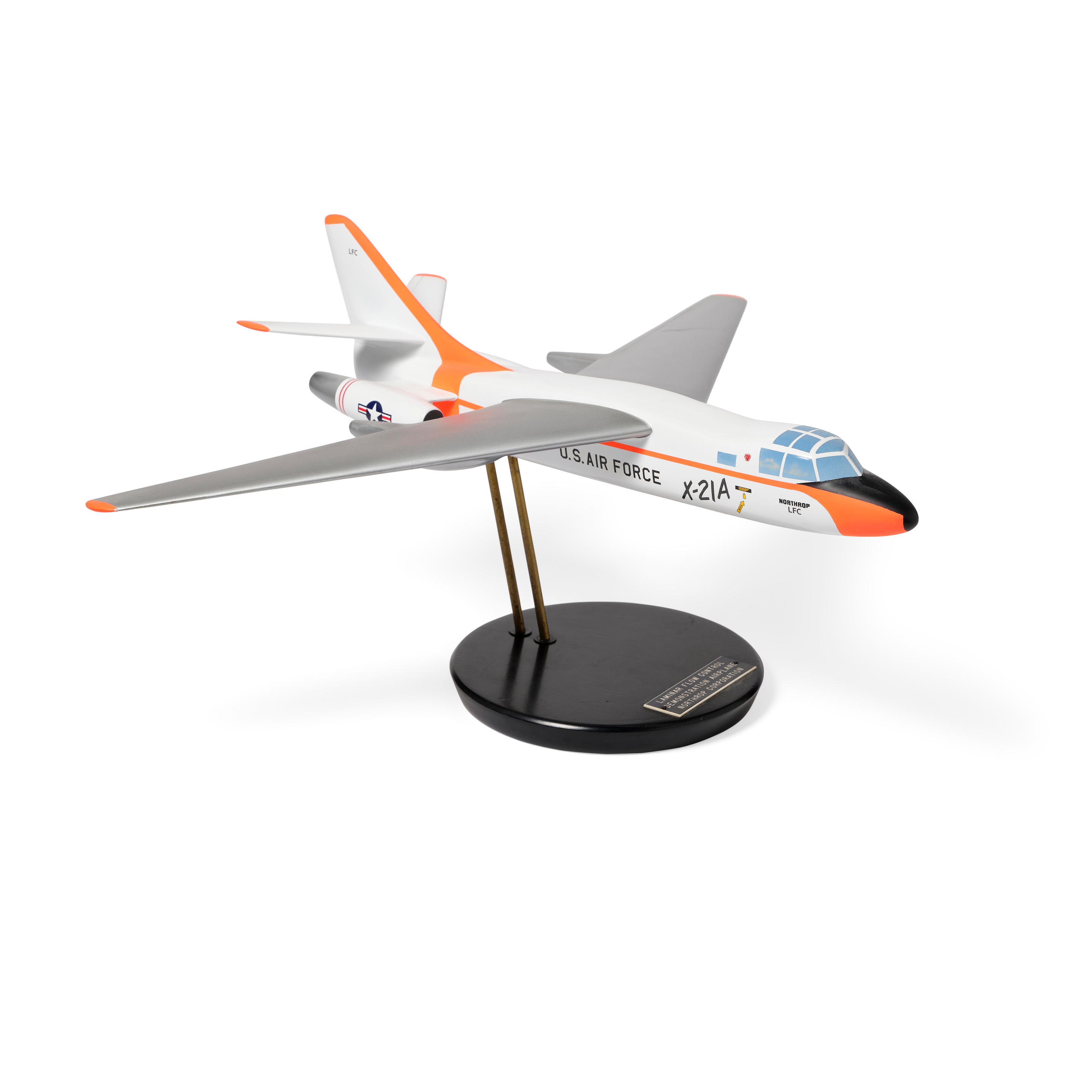


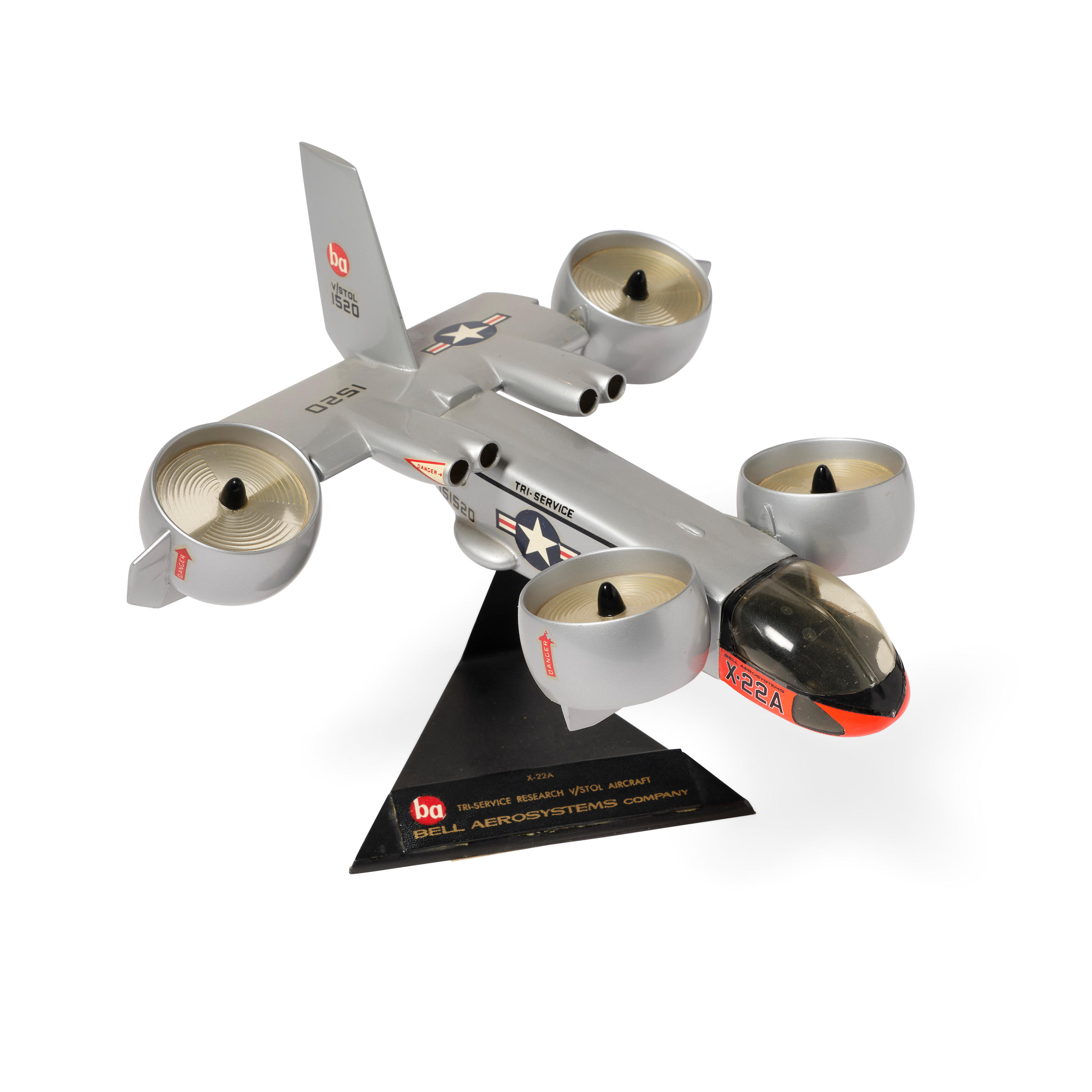
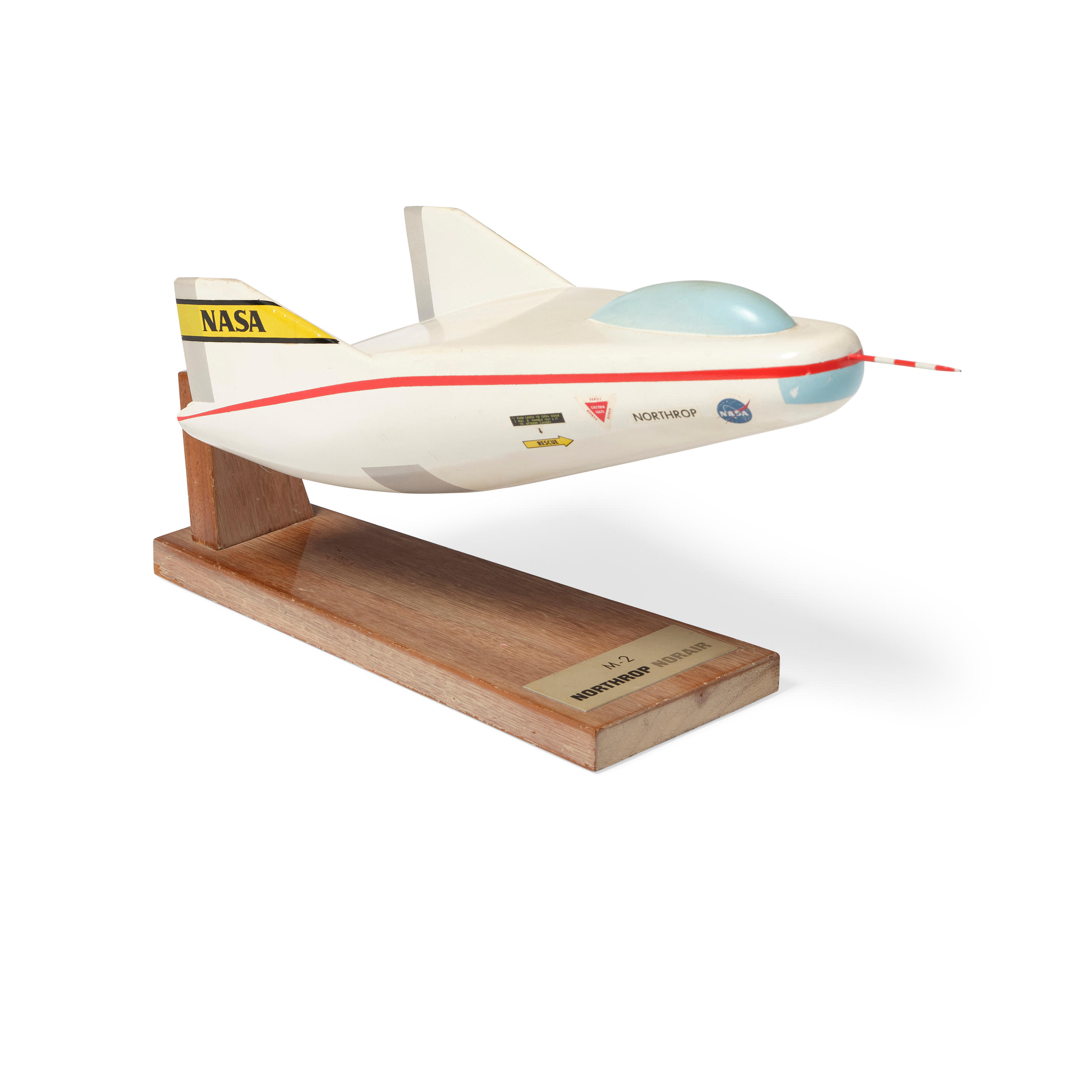
Testen Sie LotSearch und seine Premium-Features 7 Tage - ohne Kosten!
Lassen Sie sich automatisch über neue Objekte in kommenden Auktionen benachrichtigen.
Suchauftrag anlegen